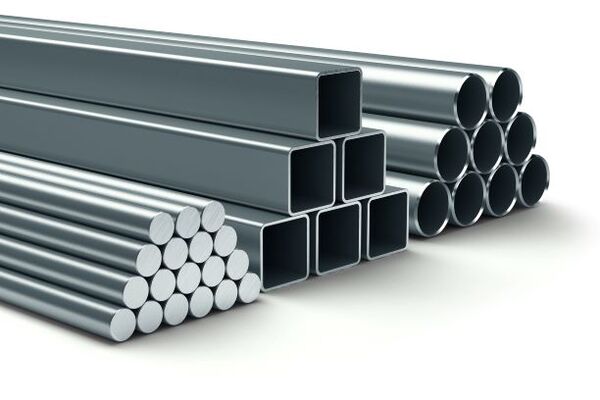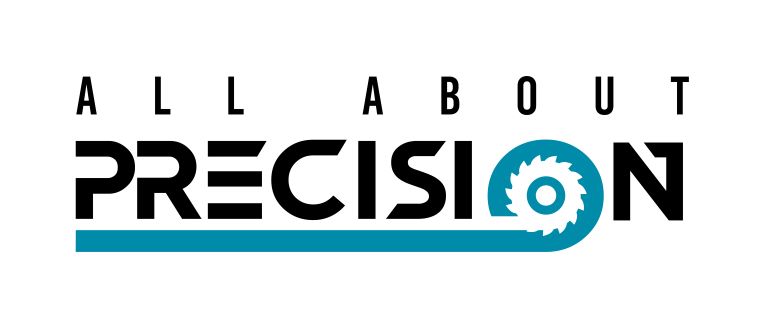
Introduction
Nitronic® 30 is a high strength, abrasion resistant austenitic stainless steel that is part of a group of materials known as Nitronic® due to the addition of nitrogen to improve their strength. This group includes Nitronic® 32, Nitronic® 33, Nitronic® 40, Nitronic® 50 and Nitronic® 60.
Nitronic 30 is a trademark of the AK Steel Corporation. Unlike other Nitronic stainless steels, it can become magnetic when cold worked.
It's abrasion and impact resistance, combined with corrosion resistance made it a suitable material choice for a number of industrial applications.
Other Material Designations
- UNS S21400
Product Standards and Specifications
- ASTM A240 Plate, Sheet and Strip for Pressure Vessels.
- ASTM A666 Austenitic Stainless Steel Sheet, Strip, Plate and Flat Bar.
ASTM - American Society for Testing and Materials
Available Forms
- Sheet, strip and plate.
- Size range 0.5 - 6.4mm thick and up to a maximum 1219mm wide.
What conditions is it ideal for?
Nitronic 30 is ideal for applications that are exposed heavy abrasion and wear and in aqueous conditions.
In particular, Nitronic 30 is well suited to bulk solid industries such as coal mining where it used for equipment such as buckets and hoppers.
It is also beneficial in corrosive environments as its general corrosion resistance is similar to that of 304 stainless steel.
The opportunities for use are furthered by a yield strength that is around double that of 304 stainless steel at room temperature due to the addition of nitrogen.
Machinability
Nitronic 30 has a high work hardening rate, so although it’s machinability characteristics are similar to that of other austenitic stainless steels, the material will have to be held more rigidly and slower speeds used.
More power will also be required, so heavy machines will be required, and it is also recommended to use carbide coated tooling.
Machining Data | |
Carbide tools are suggested for rates better than 50% of Type 304. | |
Machining Type | Suggested starting rates are: |
Single Point Turning | Roughing - 0.15" depth, 0.015"/rev feed -175 SFM Finishing - 0.025" depth, 0.007"/rev feed - 200 SFM |
Drilling | 1/4" Dia hole - 0.004"/rev feed - 60 SFM 1/2" Dia hole - 0.007"/rev feed - 60 SFM 3/4" Dia hole - 0.010"/rev feed - 60 SFM |
Reaming | Feed - same as drilling - 100 SFM |
Side and Slot Milling | Roughing - 0.25" depth - 0.007"/tooth feed - 125SFM Finishing - 0.050" depth - 0.009"/tooth feed - 140SFM |
These rates are for carbide tools, Type C-2 for roughing, drilling and reaming. Type C-3 for finishing. | |
Weldability
Nitronic 30 can be welded using shielded fusion and resistance welding techniques. Its weldability is similar to that of 304 stainless steel but requires a slow arc welding to ensure penetration.
Heat Treatment
Nitronic 30 cannot be hardened by using heat treatment.
Stress-Corrosion Cracking and Intergranular Attack Resistance
Similar to the majority of stainless steels, Nitronic 30 may stress-corrosion crack in hot chloride environments but maintains high resistance in marine environments at ambient temperatures.
Reistance to stress-corrosion cracking is superior to 304 stainless steel at lower stress' and above 25 ksi is similar.
The ability of Nitronic 30 to resist intergranular attack is excellent. However tests have shown a faster rate of corrosion than 304 stainless steel.
Examples of where is it used:
The properties of Nitronic 30 make is especially useful for bulk solid applications such as coal mining and ore separators.
It is often used for the following:
- Hose Clamps
- Chutes
- Coal Buckets
- Bucket Liners
- Fasteners
- Gates
- Truck Beds
- Lorry and Bus Frames
- Sewage Treatment Structures
- Hoppers
Summary of Advantages:
- Highly impact resistant and extremely tough.
- High resistance to abrasion.
- Corrosion resistant.
- Strength to weight ratio approaching 3 times that of carbon steel.
- High strength, yield of almost twice that of 304.
- Potential cost and weight savings due to higher strength allowing the use of smaller gauge material.
Nitronic 30
Chemical Composition
Typical chemical composition of Nitronic® 30 is detailed in the table below.
| Element | Content (%) |
|---|---|
| Chromium, Cr | 15.0 - 17.0 |
| Nickel, Ni | 1.5 - 3.0 |
| Manganese, Mn | 15 - 17 |
| Silicon, Si | 1 |
| Nitrogen, N | 0.15 - 0.3 |
| Carbon, C | 0.03 |
| Sulfur, S | 0.03 |
| Iron, Fe | Remainder |
Physical Properties
Typical physical properties of Nitronic® 30 are detailed in the table below.
| Properties | Metric | Imperial |
|---|---|---|
| Density | 7.83 g/cm3 | 0.283 lb/in3 |
Mechanical Properties
Typical mechanical properties of Nitronic® 30 are detailed in the table below.
| Properties | Metric | Imperial |
|---|---|---|
| Tensile strength at break | 655 MPa | 95000 psi |
| Yield strength | 330 MPa | 48000 psi |
| Elongation at break | 35% | 35% |
| Hardness, Brinnel | 241 | 241 |
| Hardness, Rockwell B | 100 | 100 |
Discover Nitronic® 30 through All About Precision
As we have seen, Nitronic® 30 is a very versatile material that can be used in many situations.
If you’re looking for Nitronic® 30 or parts Manufactured from Nitronic® 30 in the United Kingdom, go through All About Precision.
We make finding the best engineering specialist for your needs easy! You can compare quotes, browse reviews, and more from our website.
References
https://www.aksteel.com/sites/default/files/2018-11/nitronic-30-stainless.pdf
https://www.azom.com/article.aspx?ArticleID=7707#:~:text=to thermal treatment.-,Applications,structural components in transportation equipment
https://www.hpalloy.com/Alloys/descriptions/NITRONIC30.aspx
.jpg)
The technical advice and recommendations made in this article should not be relied or acted upon without conducting your own further investigations, including corrosion exposure tests where needed. Please consult current editions of standards for design properties. All About Precision assumes no liability in connection with the information in this article.

